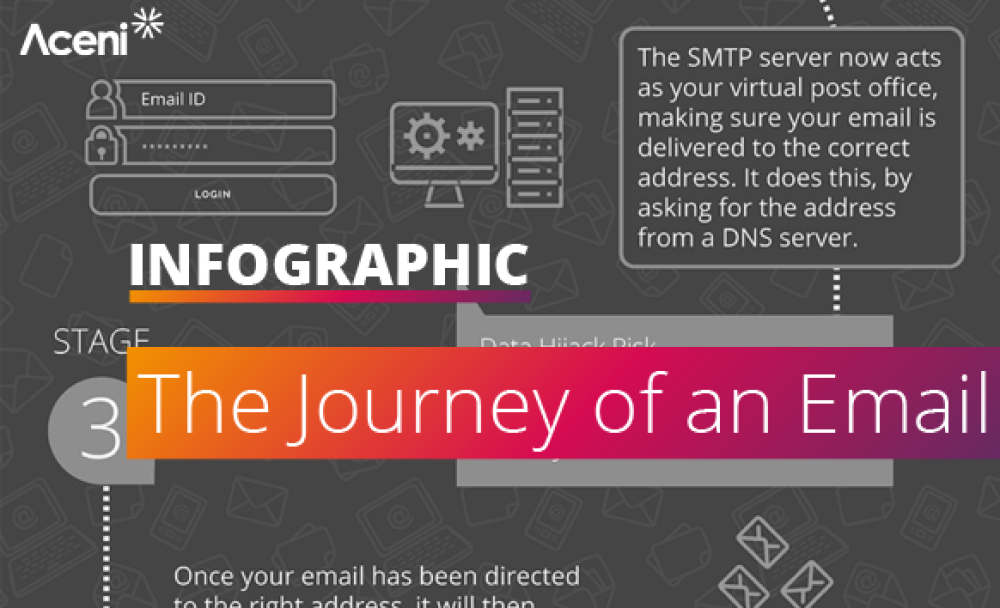How secure is email?
08 Feb 2018

Last year 269 billion emails were sent around the world. It’s become the quickest and most convenient way to communicate with people, whether that’s with friends and family or for business purposes. It’s so second nature to us that we don’t even think about how the email gets from A to B or the content we put in that email.
With the GDPR fast approaching, it’s made us question the way we communicate internal and external customer information. So the first question on our lips is: how secure is email?
Email is perfect for sending general information, that if landed in the wrong inbox or in the wrong hands, would not cause any harm because essentially that information doesn’t contain any value. However, we start to question whether email is the most secure method when wanting to send information that contains personal and sensitive information, for example a bank statement, or an invoice.
There is nothing in the GDPR that explicitly states you can’t email documents to customers, but the GDPR is about ensuring the privacy and appropriate collection, management and storage of personal customer information. It’s your responsibility to minimise opportunities for personal data to be seen by the wrong people or have an impact on someone’s privacy.
So why should we question the security of email? Where are the weaknesses?
We’ve created an infographic which highlights the journey an email makes from sender to recipient, highlighting along the way potential risks to email at different stages.
We wanted to share this infographic with you, not to scare you in to thinking you should never use email again, but to give you some food for thought about whether email is the most secure method to deliver personal internal and external customer information.

Please login to comment.
Comments